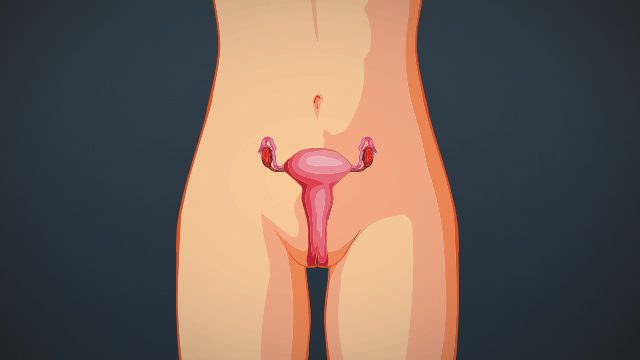SUMMARY
This is AI generated summarization, which may have errors. For context, always refer to the full article.

PARIS, France – In a medical first, a mother who received a uterus transplant from a dead donor gave birth to a healthy baby, researchers reported Wednesday, December 5.
The breakthrough operation, performed two years ago in Brazil, shows that such transplants are feasible and could help thousands of women unable to have children due to uterine problems, according to a study published in The Lancet medical journal.
The baby girl was born in December 2017 in Sao Paolo.
Until recently, the only options available to women with so-called uterine infertility were adoption or the services of a surrogate mother.
The first successful childbirth following uterine transplant from a living donor took place in 2014 in Sweden, and there have been 10 others since then.
But there are far more women in need of transplants than there are potential live donors, so doctors wanted to find out if the procedure could work using the uterus of a woman who had died.
Ten attempts were made – in the United States, the Czech Republic, and Turkey – before the success reported Wednesday.
Infertility affects 10% to 15% of couples.
Of this group, one in 500 women have problems with their uterus – due, for example, to a malformation, hysterectomy, or infection – that prevent them from becoming pregnant and carrying a child to term.
“Our results provide a proof-of-concept for a new option for women with uterine infertility,” said Dani Ejzenberg, a doctor at the teaching hospital of the University of Sao Paulo.
He describing the procedure as a “medical milestone”.
“The number of people willing and committed to donate organs upon their own death are far larger than those of live donors, offering a much wider potential donor population,” he said in a statement.
The 32-year-old recipient was born without a uterus as a result of a rare syndrome.
Four months before the transplant, she had in-vitro fertilization resulting in 8 fertilized eggs, which were preserved through freezing.
The donor was a 45-year-old woman who died from a stroke.
Her uterus was removed and transplanted in surgery that lasted more than ten hours.
Proof of concept
The surgical team had to connect the donor’s uterus with the veins, arteries, ligaments, and vaginal canal of the recipient.
To prevent her body from rejecting the new organ, the woman was given 5 different drugs, along with antimicrobials, anti-blood clotting treatments, and aspirin.
After 5 months, the uterus showed no sign of rejection, ultrasound scans were normal, and the woman was menstruating regularly.
The fertilized eggs were implanted after 7 months. Ten days later, doctors delivered the good news: she was pregnant.
Besides a minor kidney infection – treated with antibiotics – during the 32nd week, the pregnancy was normal. After nearly 36 weeks a baby girl weighing 2.5 kilograms (about 6 pounds) was delivered via caesarean section.
Mother and baby left the hospital 3 days later.
The transplanted uterus was removed during the C-section, allowing the woman to stop taking the immunosuppressive drugs.
At age 7 months and 12 days – when the manuscript reporting the findings was submitted for publication – the baby was breastfeeding and weighed 7.2 kilograms.
“We must congratulate the authors,” commented Dr. Srdjan Saso, an honorary clinical lecturer in obstetrics and gynecology at Imperial College London, describing the findings as “extremely exciting”.
Richard Kennedy, president of the International Federation of Fertility Societies, also welcomed the announcement but sounded a note of caution.
“Uterine transplant is a novel technique and should be regarded as experimental,” he said. – Rappler.com
Female reproductive system image via Shutterstock
Add a comment
How does this make you feel?
There are no comments yet. Add your comment to start the conversation.